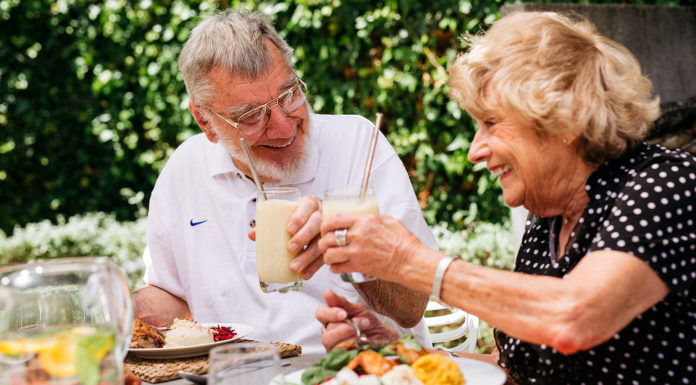Nursing interventions alone can’t prevent falls, say nursing fall prevention experts. Instead, a whole-team approach is needed to reduce the resultant broken hips, loss in confidence and extended hospital stays.
Fall prevention specialists from the UK, Australia and New Zealand came together in September to discuss and share approaches to reducing harm from falls during the Health Quality & Safety Commission’s tri-nation forums in Auckland and Wellington.
In recent decades, fall rates in hospitals and other inpatient settings have often been viewed as a nurse-sensitive indicator of the quality of patient care – or lack of quality when nursing is understaffed and under pressure.
But Dr Frances Healey, a nurse and deputy director of Patient Safety for National Health Service (England), says framing falls as a nursing problem does patients no favours.
“As actually we know that some of the key risk factors for people who fall in hospital are undetected medical causes, dementia that has not been confirmed, inappropriate medication prescribing, and poor fluid retention management.”
So the solutions – or causes – may not be nurse-sensitive. “All of our work in England has been very much based on reframing falls prevention as a totally multi-disciplinary problem,” says Healey. “I’m speaking as a nurse and I’m not for one moment denying the criticality of nurses within the team.”
She says they now regard falls as a symptom rather than just an accident. Tri-nations forum colleague Lorraine Lovitt, the lead for the New South Wales fall prevention programme, uses the analogy of seeing falls as the ‘canary in the mine’ that tells you something wider is amiss with the patient.
Julie Windsor, the patient safety clinical lead for older people for NHS (England), says at least 400 risk factors have been identified for falls. “So you can’t just say they [the risk factors] are all in the nursing arena – because they never will be and they’re not,” says Windsor who – like Healey and Lovitt – is a nurse herself.
“Instead it is identifying for each individual person what their risk factors are and then working out how these can be resolved or best managed.”
Healey says that is not to say that nurse staffing levels are not a factor.
“Of course we’d say it makes complete common sense that if a patient is going to call for help, needs help and you don’t have enough nurses to answer the call, of course that’s going to cause a problem.” But she says there are better tools for measuring whether staffing is adequate to meet patient acuity and demand than using falls as a nurse-sensitive indicator.
She says the point of reporting incidents, like a fall or medication error or misdiagnosis, is to learn from them and, as deputy director of Patient Safety, she wants to encourage reporting of incidents so that learning can happen. “If you don’t report it – how can you learn from it? So to then use them [incident reports] to say you are not a good quality provider is detrimental and counterproductive to the whole purpose.”
Healey says the NHS does publish incident rates per provider, but the regulators are most concerned when reported incidents are very low and classify them as “potential underreporting of safety incidents”. “It is not perfect, but is a far healthier way, perhaps, of encouraging it [reporting].” Likewise, she says labelling falls as primarily a nursing quality indicator “can’t help us with the message that we need the whole team to help our patients”.
Lovitt says in New South Wales hospitals one interdisciplinary approach they are taking is ‘safety huddles’ where nurses can flag the risks that showed up in their patient screenings – like delirium or a memory issue – and take a team approach to managing them.
Early last year the results were published in the British Medical Journal (Anna Barker et al.) of a randomised controlled trial in six Australian hospitals of a nurse-led ‘six-pack’ bundle of nursing interventions to reduce fall injuries. The 12-month trial found no difference in falls or injury rates between the intervention and the control group.
In an online letter to the BMJ, Julie Windsor wrote that while the results might at first appear disappointing to the many frontline nurses and nurse leaders who had “wholeheartedly and valiantly” tried to make improvements, it was now time to move on. “[It is] time now to re-energise and look at innovative and novel quality improvement initiatives that include all professional groups,” she said.
Because nursing can’t do it alone.




















